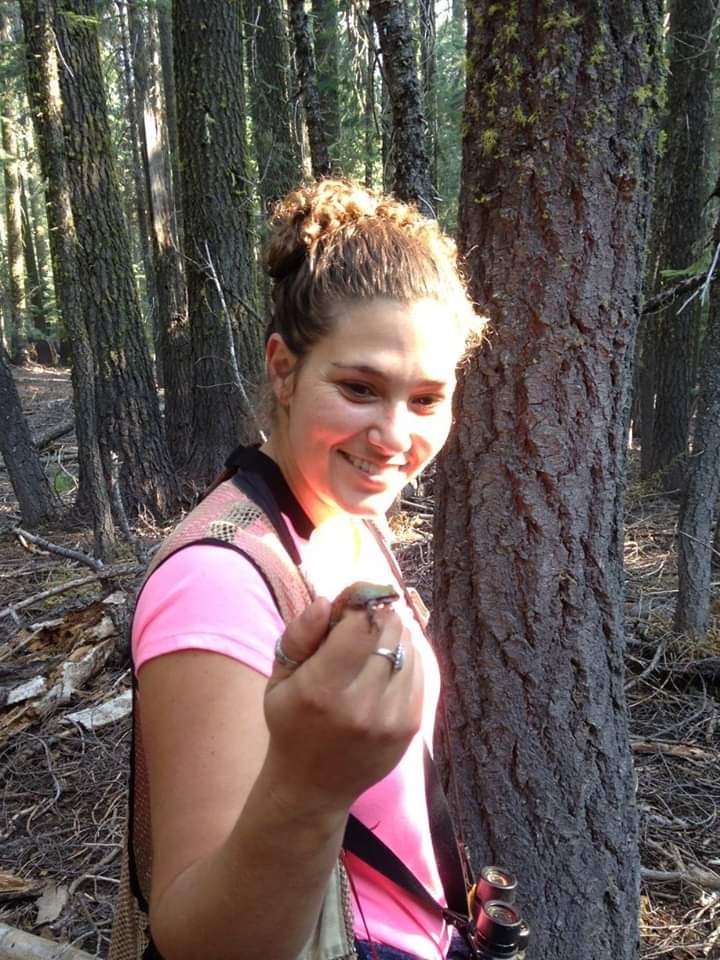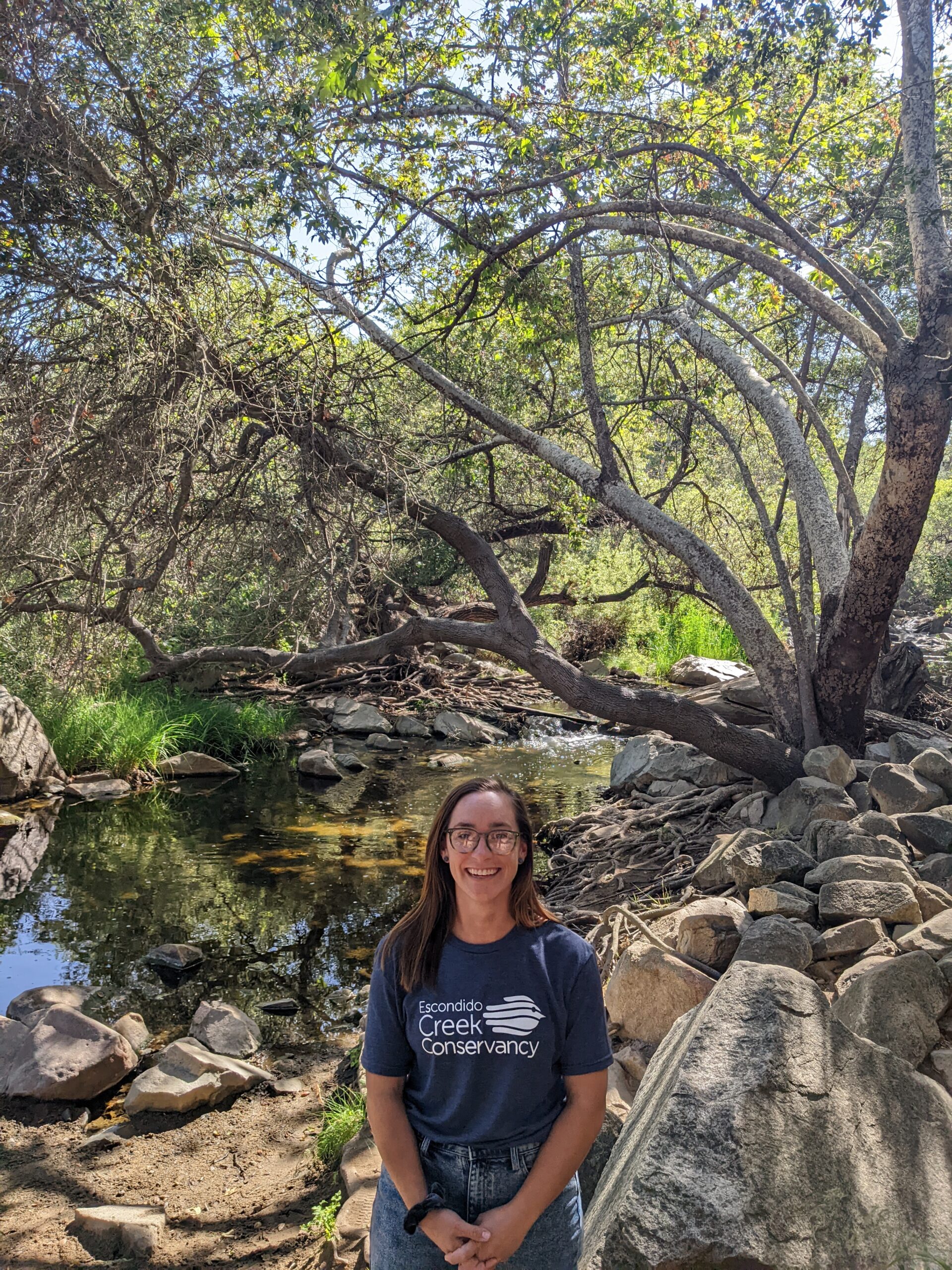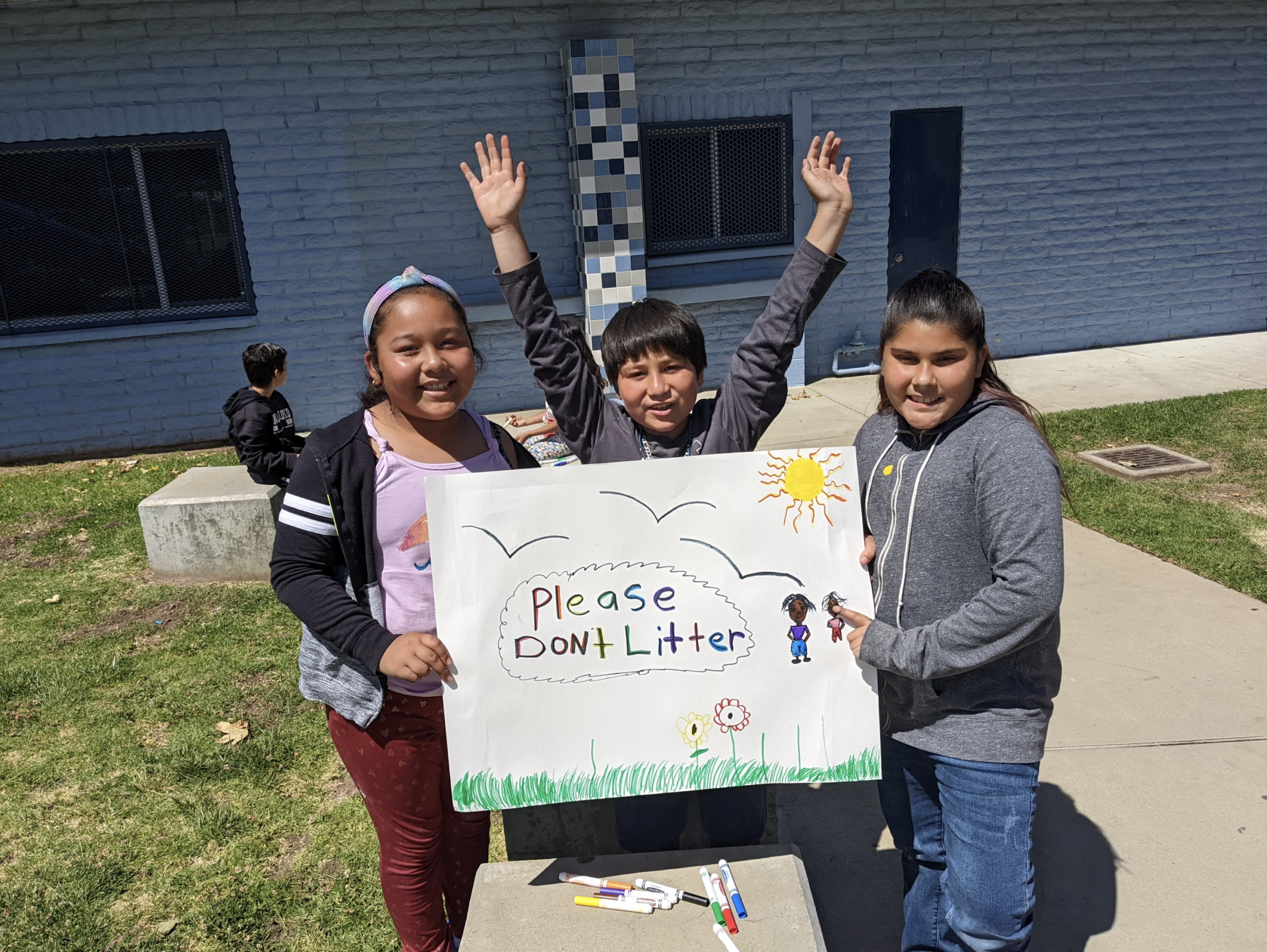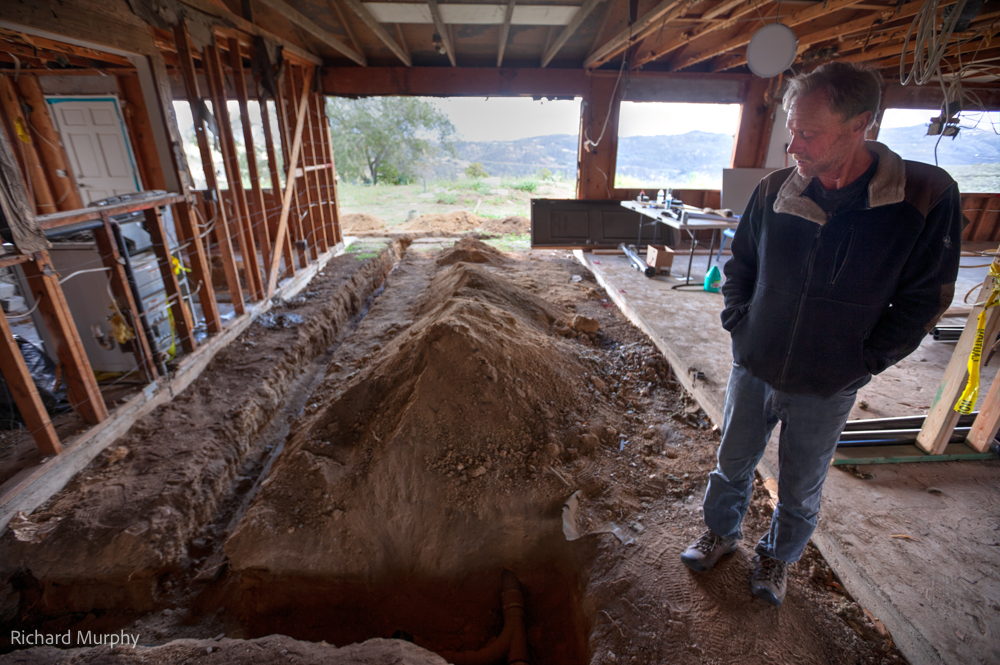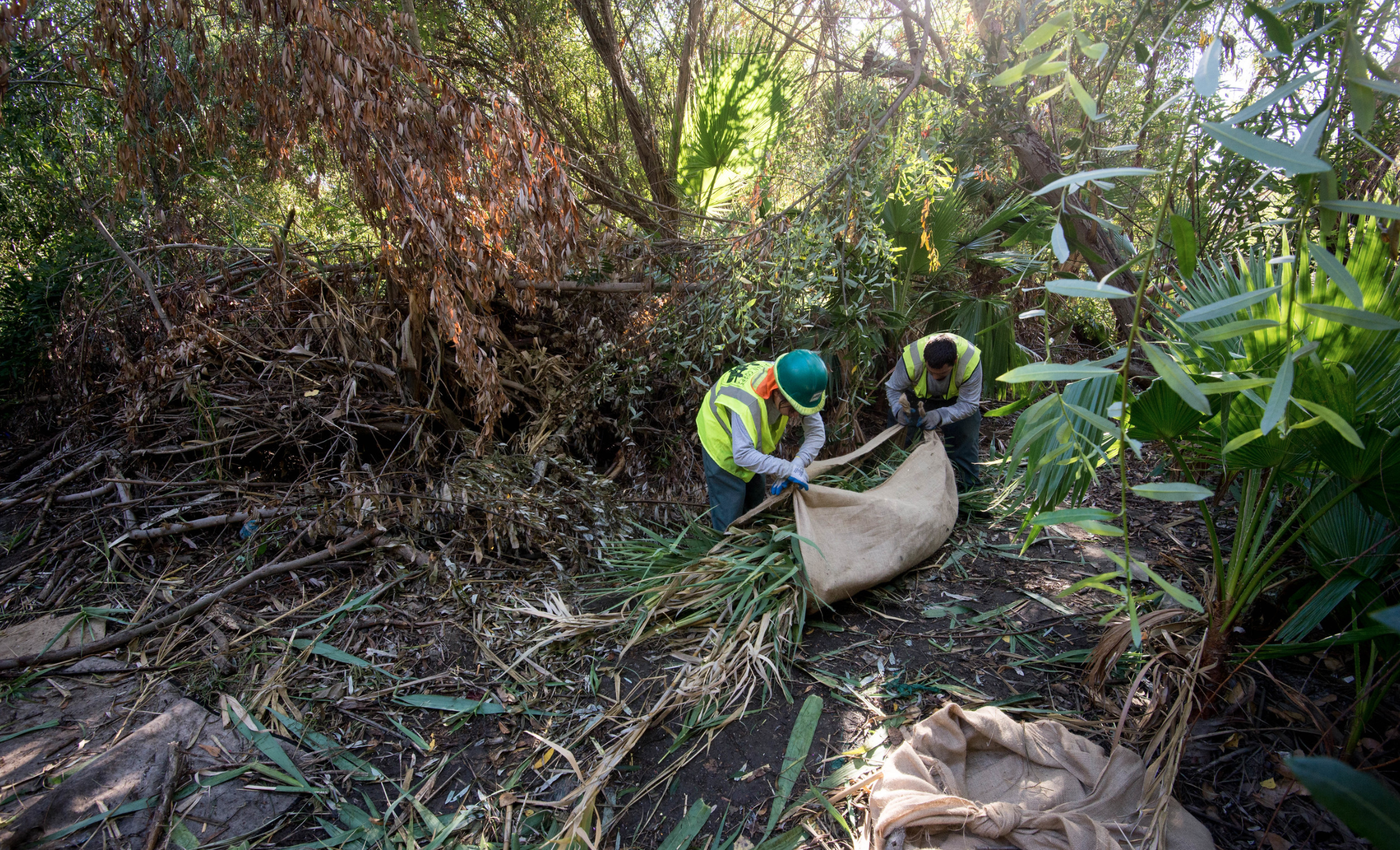
Reidy Creek Project Completed
Members of Urban Corps of San Diego collect invasive species for removal from Reidy Creek.
Written by Hannah Walchak and Ryan Woldt
The Reidy Creek project implements large-scale invasive species removal along .81 miles of Reidy Creek, a primary tributary of Escondido Creek, and an important riparian and floodplain habitat within the Escondido Creek watershed. The replanting effort was added after the initial project launched, making this a full restoration project.
Why Reidy Creek?
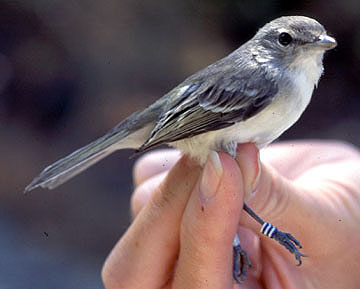
The Least Bell’s Vireo. ©USGS – U. S. Geological Survey Western Ecological Research Center, Public Domain
Reidy Creek is a rare jewel of a natural-bottom creek running through the urban center of Escondido, California. It is home to a highly diverse and structured riparian forest. The Escondido Creek watershed supports conservation of special status species including the Least Bell’s vireo, Coastal California Gnatcatcher, and Harbison’s Dunn Skipper, which have all been catalogued within 5 miles of the project (SDMMP MSP). We also know that endangered least Bell’s vireo re-colonizes riparian habitat within the first season after treatment (Kus, 1998).
“This turned out to be a holistic restoration project as it included biological and cultural monitoring, removal and ongoing treatment of non-native plants, education opportunities and introduction of native plant material to improve the over the biological value of the habitat.” • Juan Troncoso, Escondido Creek Conservancy Land Manager
The Conservancy’s Project Treatment Area is 21.15 acres of watershed. It took three years to clean this section of the watershed. The Conservancy and our working partners removed 796 invasive trees and planted 2,280 native plants!
The project also includes community outreach. Our team involved neighboring residents by taking them on nature walks to learn more about the environmental impacts of the creek. The restoration also served as an opportunity to mentor student Conservation Fellows. Youth Conservation Fellows is an existing program of The Escondido Creek Conservancy whereby high school and college students in Escondido are mentored and given real-world work experience on a conservation project.
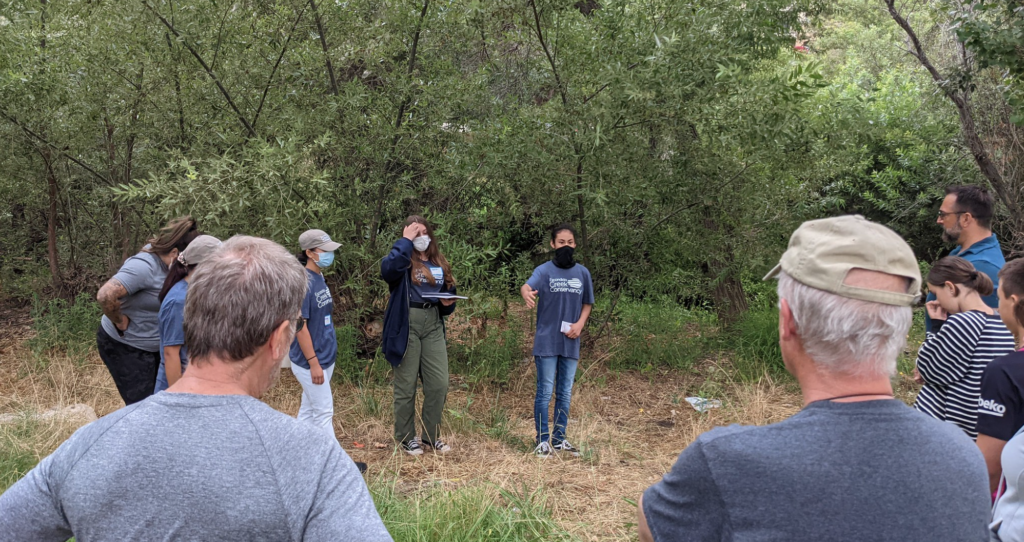
Students from the Conservancy’s Conservation Fellows program lead nature walks along Reidy Creek to educate community members on its value.
The Reidy Creek project is in partnership with the City of Escondido, which will remove trash from the creek and potentially prevent trash from entering the creek through the installation of grates on storm drains (this has not yet occurred), thus helping to improve water quality in the creek and watershed.
This was a very large project that couldn’t have been completed without our partners, including the funder, the California Department of Fish & Wildlife. Also instrumental in the success of the Reidy Creek effort has been the City of Escondido, California Tree Service, Urban Corps of San Diego County, Red Tail Environmental, and Rocks Biological Consulting.
Support the Conservancy’s Land Conservation Efforts.
What’s next?
We will be continuing the gains made at Reidy Creek by removing invasive palms and other invasive plant species along a new contiguous stretch of Escondido Creek spanning three Conservancy preserves and 15 privately-owned neighboring properties, connecting the downstream end where the creek leaves the City of Escondido to Olivenhain. This new stretch of the watershed will then be replanted with native plants,
The new project will be funded by Prop 1, and the Conservancy is also applying for funding to support more intensive restoration projects in the Harmony Grove area.
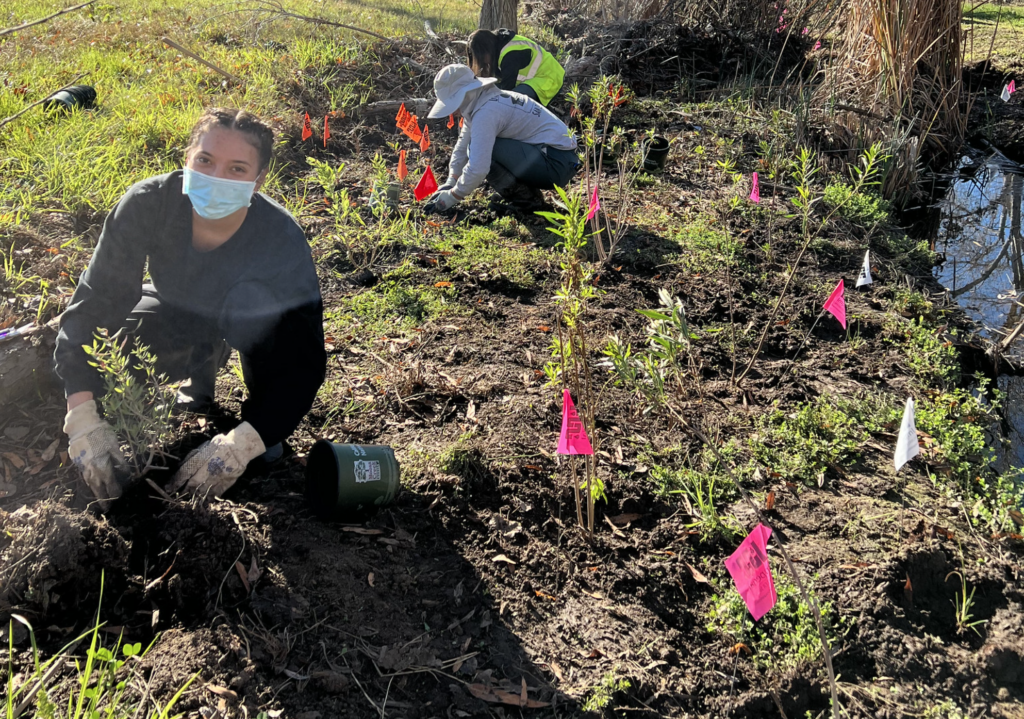
Volunteers plant native species creekside.
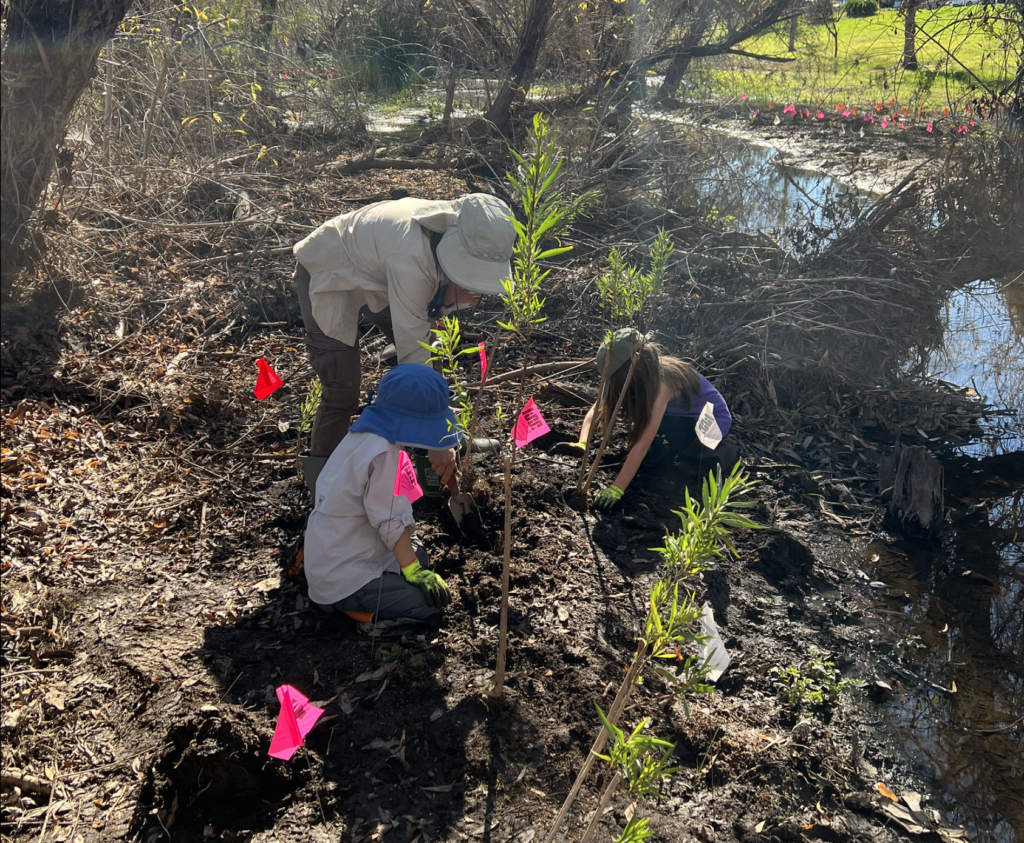
Conservancy staffer, Steffani Jijon leads Nature School at Reidy Creek.


